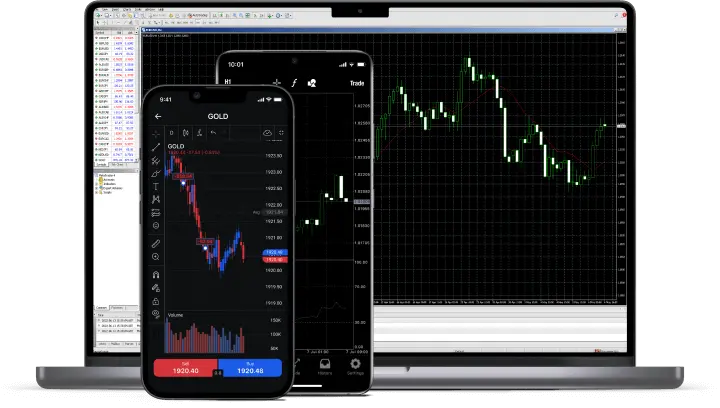A stop-loss order is one of the most essential risk management tools in Forex trading. It helps traders minimize potential losses by automatically closing a position when the price reaches a predetermined level. Understanding how to use stop-loss orders correctly can significantly improve trading efficiency and protect capital.
What is a Stop-Loss Order?
A stop-loss order is an instruction given to a broker to close a trade when the price moves against the trader by a specific amount. The goal is to limit losses and prevent excessive drawdowns.
For example, if a trader buys EUR/USD at 1.1000 and sets a stop-loss at 1.0950, the position will automatically close if the price drops to 1.0950, preventing further losses.
How to Use a Stop-Loss Order?
Stop-loss orders can be set in different ways, depending on a trader’s strategy and risk tolerance. Here are some common methods:
1. Fixed Stop-Loss
A trader sets a stop-loss at a specific price level based on the maximum risk they are willing to take. For example, setting a stop-loss 50 pips away from the entry point.
2. Percentage-Based Stop-Loss
The stop-loss is set based on a fixed percentage of the trading account. For instance, if a trader risks 2% per trade and their account balance is $10,000, the maximum loss per trade would be $200.
3. Technical Stop-Loss
A stop-loss is placed based on technical indicators, such as:
- Support and resistance levels – Setting the stop-loss below support (for buy trades) or above resistance (for sell trades).
- Moving averages – Using moving averages as a guide for dynamic stop-loss placement.
- ATR (Average True Range) – Adjusting stop-loss based on market volatility.
4. Trailing Stop-Loss
A trailing stop-loss moves automatically as the price moves in a favorable direction. This allows traders to lock in profits while keeping the trade open.
For example, if a trader buys GBP/USD at 1.2500 and sets a 50-pip trailing stop, the stop-loss will move up as the price rises, ensuring profits are protected if the market reverses.
Why is a Stop-Loss Order Important?
Limits Losses – Prevents excessive drawdowns and protects trading capital. Removes Emotional Decision-Making – Eliminates impulsive decisions based on fear or greed.
Allows Traders to Plan Risk-Reward Ratios – Helps define risk before entering a trade. Ensures Discipline – Encourages traders to follow a strategy without second-guessing.
Protects Against Market Volatility – Reduces the risk of unexpected price movements during news events or sudden market shifts.
Conclusion
A stop-loss order is a crucial tool for managing risk in Forex trading. By using stop-loss orders effectively, traders can protect their capital, trade with discipline, and improve long-term profitability.
At FxPro, we provide advanced stop-loss options, including fixed and trailing stops, to help traders manage risk efficiently. Start trading with FxPro today and take control of your risk management strategy!






